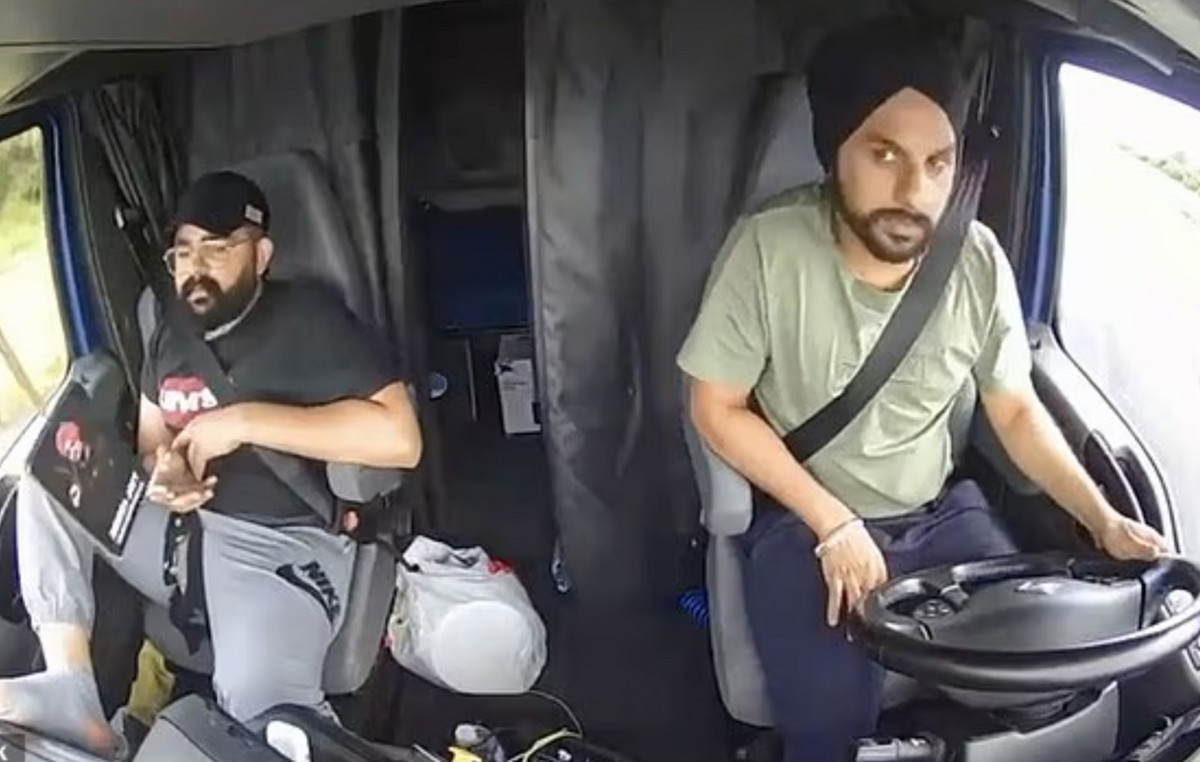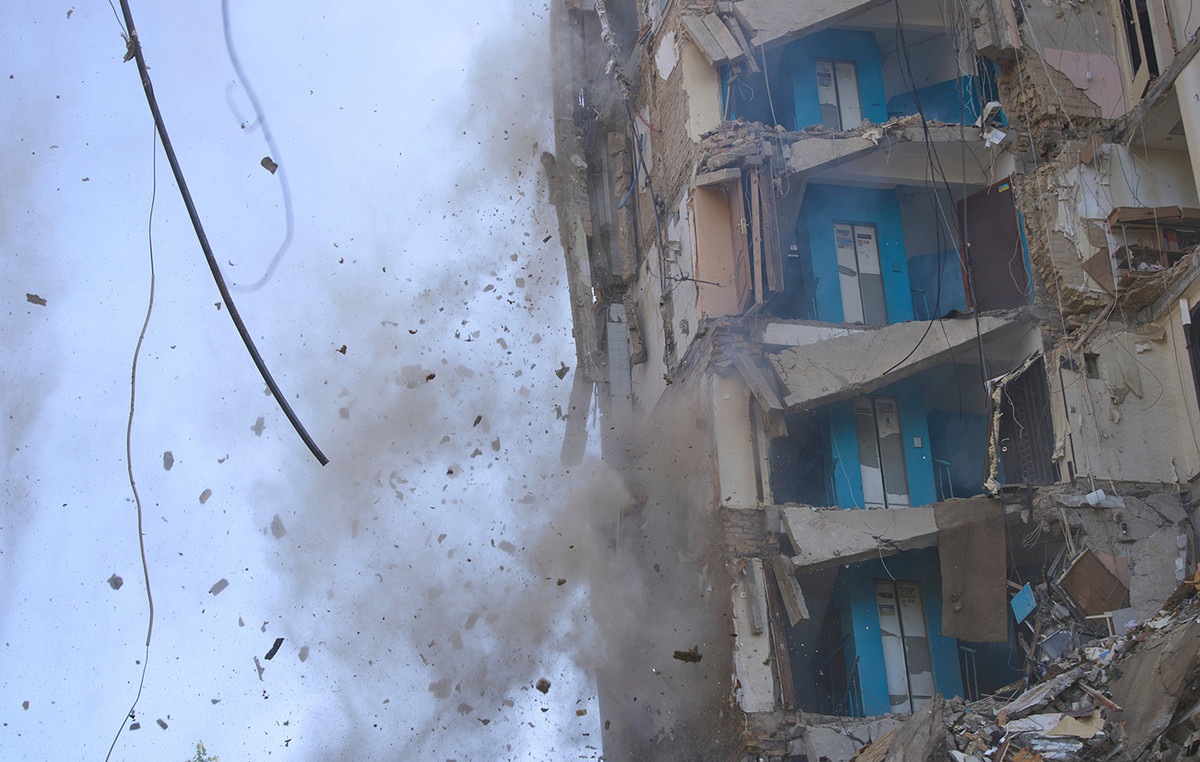Among all the surprises President Vladimir Putin has encountered since invading Ukraine last month, perhaps the biggest has been that Russia has yet to achieve air superiority.
On paper, Russia’s military prowess implies that, along with quick victories on the ground, the Russian air force should have been able to quickly take control of the skies.
When entering the conflict, Russia had 1,391 aircraft against Ukraine’s 132, supplemented by 948 helicopters against Kiev’s 55. It seemed possible to give Putin the kind of air dominance needed to eliminate Ukrainian resistance. Russia’s $45.8 billion global defense budget is nearly 10 times that of its neighbor.
Experts ranging from former air force members to government officials believe Russia’s failure stems from a combination of poor preparation by Moscow, clever use of resources based on Ukraine’s intelligence and the Western allies’ targeted weapons donations. to Ukraine.
“As far as I understand, they managed to save a large part of their air force, moving planes from airfields before the Russians destroyed them, based on intelligence before the attacks,” said General Riho Terras, former commander of the Defense Forces of the Estonia.
Sophy Antrobus, a researcher at the Freeman Air and Space Institute and a former officer in the UK’s Royal Air Force, agrees that in the early stages of the war, Ukraine seemed to take smart steps that are now paying off.
They were smart because they didn’t implement all of their features that could bring down Russian planes. This has possibly led Russia to a false sense of security, and Ukraine has been able to maintain air defense while allied reinforcements arrive.
Sophy Antrobus, researcher at the Freeman Air and Space Institute and former officer in the UK Royal Air Force
Reinforcements include S-300 anti-aircraft systems and Stingers and Javelin missiles that have so far been used by Ukraine. The presence of such missile systems marks a dramatic improvement for Ukraine.
Representative Mike McCaul, a member of the US House Foreign Affairs Committee, told CNN that the Russian-made S-300s have “higher altitude” capability than the Stinger missiles, which the US also sent to Ukraine.
“The S-300s are high-altitude anti-aircraft systems — similar to our Patriot missile battery. The fact that they are in the country and more are coming will be very effective”. While these missile systems can be effective, there is still a question mark over how long Ukraine can hold Russia, both in the air and on the ground.
High risk for Russia
The Russian armed forces are much larger, which makes the North Atlantic Treaty Organization (NATO) not want to get directly involved or create a no-fly zone, and that the longer the war drags on, the more Ukraine will have your allies to supply lethal weapons.
For Antrobus, the duration depends, in part, on how much Putin is willing to play to win the conflict — and whether he wants to repeat the tactics used by Russian forces in support of Syrian President Bashar al-Assad against rebels in the civil war. from your country.
“Is he willing to imitate Aleppo and commit atrocities so visible to the rest of the world? The worst days of the war in Syria came years after the conflict began, and unfortunately, people were paying less attention. This conflict is only three weeks old.”
If Putin is willing to go to the extremes seen in Syria, Antrobus notes, that would pose a much greater risk to Russia, “due to the anti-aircraft weaponry that Ukraine has and is being stocked.”
Russia has to consider its medium term, he stresses: how much, in terms of equipment and personnel, it is willing to lose, at the expense of other interests.
“Putting your own fighters at that level of danger and burning them through Russian resources is something that will be very difficult to justify,” said the expert.
What would be a tolerable and sustainable loss to control Ukraine’s skies is also unknown.
Justin Bronk, research fellow in technology and airpower at the London-based Royal United Services Institute, does not believe that Russia can “achieve significant air superiority over most of the country without suffering unsustainable losses.”
“There is little evidence that the Russian air force is capable of carrying out the large-scale complex air operations that this task would require.”
Russia’s battle for Ukraine’s skies depends, in some ways, also on what parts of the terrain it controls. Terras says that while “Russia is still launching most of its attacks from outside Ukraine, they are limited in how much of Ukraine’s massive airspace they can actually dominate.”
This means that Russia is, in many cases, dropping bombers outside Ukraine’s borders in order to carry out missile strikes against targets inside Ukraine.
Terras adds that Ukrainian forces have so far been wise in selecting the strategic parts of the country to defend.
The other unknown factor when it comes to the length of the war is how long Ukraine’s allies can realistically continue to supply weapons that Ukrainian forces are trained to use. Many of the weapons shipped, including the S-300s that McCaul said began arriving in Ukraine on Wednesday, are from the Soviet era. Don’t know how they can be replenished quickly.
NATO has made it clear many times that it will not create a no-fly zone above Ukraine, because it does not want to be dragged into a NATO-Russia war. The US has discouraged Eastern European countries such as NATO member Poland from sending weapons for the same reason.
Poland had initially proposed to give all of its MIG-29 fighter jets to the US Air Force’s Ramstein Air Base in Germany so they could then be supplied to Ukraine.
However, the US government quickly called the idea “unsustainable” because flying the jets from a US and NATO base “into airspace that is disputed with Russia over Ukraine raises serious concerns across the alliance of NATO,” according to Pentagon press officer John Kirby.
This is where the optimism of those who have seen Ukraine defend itself hits a big snag. Even as the US pledges an additional $800 million in security assistance, the West’s hesitancy to get directly involved leaves the hardest parts of the job to Ukraine alone.
“We have to provide more ground and air-based defenses that the Ukrainians are trained for. We should consider the delivery of Soviet-era planes. There are fighter jets in perfect condition all over Europe that Ukraine can use to defend itself,” Terras said.
The extent to which the Western alliance is willing to continue providing this type of equipment depends on policy. How far Ukraine can actually defend its skies will depend on how far the Western alliance is willing to go. And how long Putin can justify his costly war will be determined by how long Ukraine can defend airspace.
The Ukrainians have so far done a remarkable job in resisting the Russian onslaught. However, as the conflict rages on, the defenders’ fate will be left in the hands and patience of others.
Source: CNN Brasil
I’m James Harper, a highly experienced and accomplished news writer for World Stock Market. I have been writing in the Politics section of the website for over five years, providing readers with up-to-date and insightful information about current events in politics. My work is widely read and respected by many industry professionals as well as laymen.







